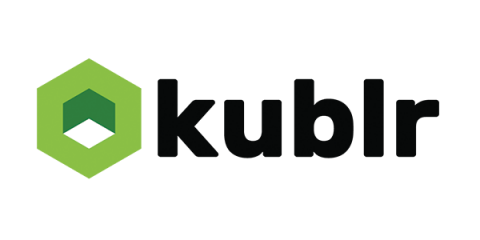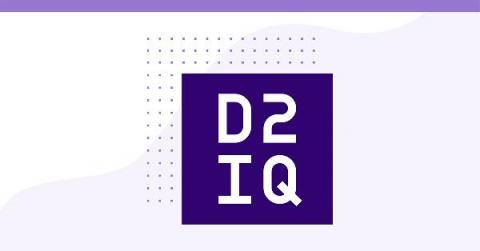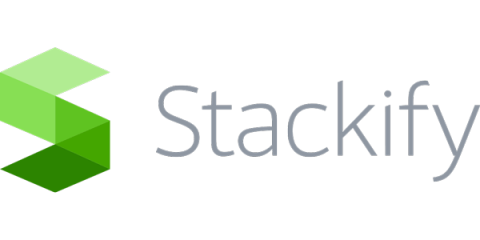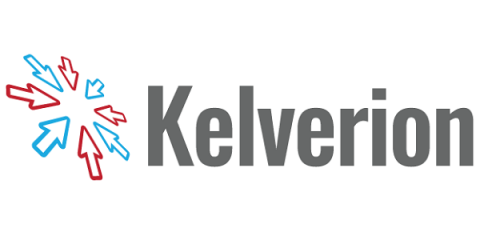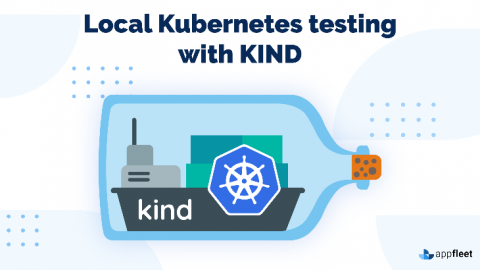Deploy a Rancher Cluster with GitLab CI and Terraform
In today’s ever-changing world of DevOps, it is essential to follow best practices. That goes for security, access control, resource limits, etc. One of the most important things in the world of DevOps is continuous integration and continuous delivery, or CI/CD. Continuous integration is a crucial part of an efficient deployment. We are all guilty of repeating manual steps over and over again – especially when it comes to node configuration.



